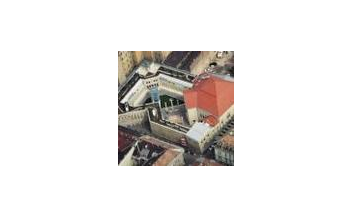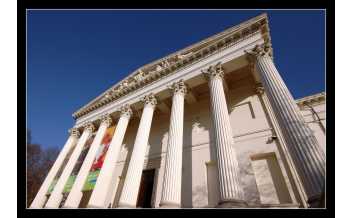Budapest is a prime site for dreams: the East's exuberant vision of the West, the West's uneasy hallucination of the East." M. John Harrison
The “Queen of the Danube” is really two cities: the hilly Buda and the flat Pest, lying either side of the river. At various times an Ottoman province, imperial city, communist capital and modern metropolis, Budapest combines a tumultuous history with great provisions for today’s visitors.
Gradual incursions by stag parties can’t take away from Budapest’s charm. Buildings and architectural styles survive from the city’s whole history: everything from Roman ruins to Baroque churches and Turkish mosques. Its bars and restaurants offer food from the world over, and are more affordable than anything in Paris or London. With attractions varying from grand galleries to pinball museums, panoramic hills to cave churches, Budapest caters to all tastes, meaning you’ll never be stuck for things to do.
Though often compared to Prague in the Czech Republic, Budapest is very much a working city. Transport is good, the atmosphere unpretentious. Don’t worry about the notoriously hard Hungarian language; most locals speak good English.
Budapest Top Things to Do: A Travel Guide
Budapest for the Fashion Forward
Activities
-
Central Market, Budapest: All Year
Budapest’s largest indoor market sells everything from salami to souvenirs....
-
Déryné Bisztró, Restaurant, Budapest
Since opening its doors in 1914, Déryné Bistro has been a favourite...
-
Fisherman's Bastion, Budapest
In the 19th century, Hungary turned 1,000 years old. To mark this milestone,...
-
Great Synagogue, Budapest
Budapest’s Great Synagogue is Europe’s biggest place of Jewish worship and an...
-
Heroes' Square, Budapest
The largest of its kind in Budapest, Heroes’ Square is a landmark of the city...
-
Holocaust Memorial Centre, Budapest
Budapest’s Holocaust Memorial Centre is one of the few institutions in the...
-
Hungarian National Museum, Budapest
Hungary’s National Museum contains relics from the nation’s history. It’s a...
-
Hungarian Parliament Building, Budapest
The home of Hungary’s parliament is one of Budapest’s most iconic buildings....
-
Imre Nagy Statue, Budapest
It’s easy to miss the life-sized statue of Imre Nagy as you take in the...
-
Liberty Bridge, Budapest
Continually passing by the clattering tram of Budapest, the Liberty Bridge is...
-
Matthias Church, Budapest: All Year
At the peak of the Várhegy hill, protected by the Fisherman’s Bastion, one...
-
-
Shoes on the Danube, Budapest
Shoes on the Danube is a chilling memorial to Hungarian victims of the...
-
St. Stephen's Basilica, Budapest
Tall spires, mummified hands, Med-style bistros? Remarkably, St Stephen’s...
-
Széchenyi Chain Bridge, Budapest
The first to link Buda with Pest, Széchenyi Chain Bridge has become an icon...
-
Terror Haza Museum, Budapest: All Year
Probably the bleakest museum in Budapest, the House of Terror explores...





















